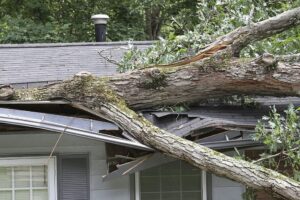Storms can wreak havoc on your property, and your roof often takes the brunt of the damage. Hail, high winds, heavy rain, and falling debris can all compromise your roof’s integrity, leading to costly repairs if left unaddressed. That’s why a thorough storm damage roof inspection is essential for every homeowner.
In this guide, we’ll walk you through the steps to assess storm damage, protect your home, and ensure your roof stays in top shape. Plus, we’ll highlight how the professionals at Atlas Roofing & Restoration can make this process seamless and stress-free.
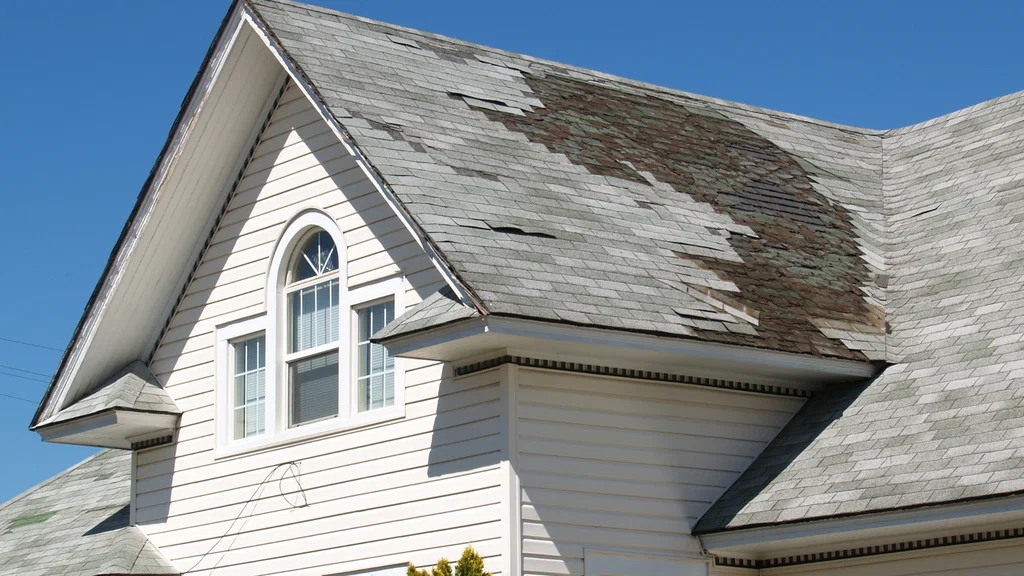
Why Is Storm Damage Roof Inspection So Important?
Your roof is your home’s first line of defense against the elements. Even minor storm damage can escalate into major problems, like leaks, mold growth, and structural issues.
Here’s why a storm damage roof inspection matters:
- Early Detection of Problems: Identifying issues early prevents costly repairs down the line.
- Insurance Claims: Proper documentation of storm damage simplifies the claims process with your insurer.
- Safety First: A damaged roof poses risks to your family and belongings.
When you trust Atlas Roofing & Restoration, you’re ensuring that your roof gets the care and attention it needs after a storm, safeguarding your home and loved ones.
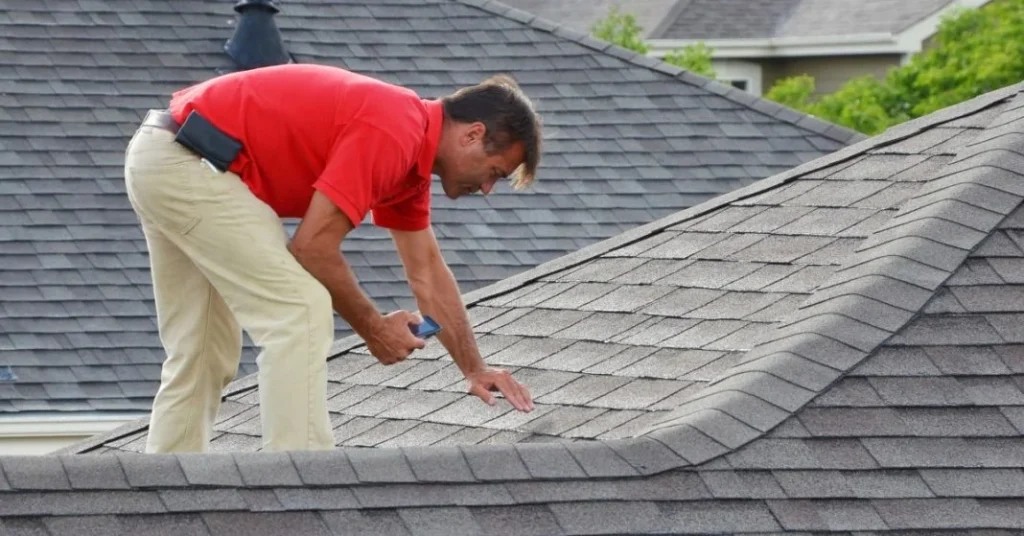
Signs of Storm Damage
Before diving into the inspection steps, it’s essential to know what to look for. Here are the most common signs of storm damage:
1. Missing or Damaged Shingles
High winds can tear shingles off your roof or cause them to curl or crack.
2. Hail Damage
Hailstorms often leave behind dents, bruises, or broken shingles. These marks might seem minor but can lead to leaks if ignored.
3. Water Stains or Leaks
Check your ceilings and walls for water stains or dripping water—these are clear indicators of roof damage.
4. Granule Loss
Inspect your gutters for excessive granules from asphalt shingles, as this signals wear and tear.
5. Debris Damage
Falling branches or debris can puncture your roof or cause visible dents and scratches.
If you notice any of these signs, it’s time to call Atlas Roofing & Restoration for a professional inspection and timely repairs.
Essential Steps for a Storm Damage Roof Inspection
Step 1: Prioritize Safety First
Before you even think about climbing onto the roof, ensure the area is safe. Storms can leave behind hazardous conditions like loose debris, slippery surfaces, and unstable roofing materials.
- Wait for the weather to clear completely.
- Wear proper safety gear, including gloves and non-slip shoes.
- Avoid climbing the roof yourself if you’re unsure of its stability.
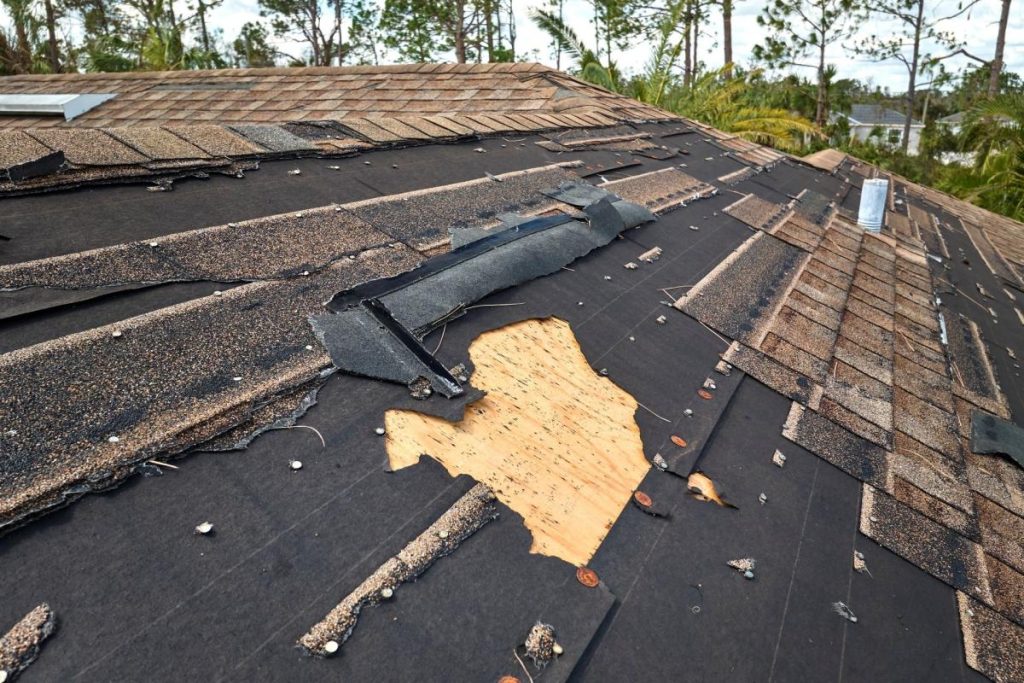
Step 2: Start with a Ground-Level Inspection
Begin your inspection from the ground to identify obvious signs of damage without putting yourself at risk.
- Look for missing or lifted shingles.
- Check for debris or tree branches on the roof.
- Inspect gutters and downspouts for dents or granules.
- Examine your siding, windows, and doors for signs of impact.
Step 3: Perform an Exterior Roof Inspection
If it’s safe, use a ladder to get a closer look at your roof. Alternatively, hire professionals like Atlas Roofing & Restoration to handle this step.
Focus on:
- Shingles: Check for cracks, curling, or missing pieces.
- Flashing: Look for loose or damaged flashing around chimneys, vents, and skylights.
- Gutters: Ensure gutters and downspouts are intact and free of clogs.
- Soffits and Fascia: Inspect for cracks or rotting wood caused by water exposure.
Step 4: Inspect the Attic
The attic is an often-overlooked area during roof inspections, but it can reveal hidden issues.
- Look for water stains, damp insulation, or mold growth.
- Check for sunlight peeking through the roof boards.
- Note any musty odors, which could indicate moisture problems.
Step 5: Document Everything
Thorough documentation is crucial, especially if you plan to file an insurance claim.
- Take clear, high-resolution photos of all damage.
- Include wide shots of the roof and close-ups of specific issues.
- Keep a written record of the date and time of the inspection, along with detailed notes about what you find.
Pro Tip: Trust Atlas Roofing & Restoration to handle this step for you. Their team is skilled at providing detailed reports that streamline the insurance claims process.
Step 6: File an Insurance Claim
If the storm damage is significant, contact your insurance provider to file a claim. Here’s how:
- Review your policy to understand what’s covered.
- Provide your documentation, including photos and inspection notes.
- Schedule an appointment with an insurance adjuster for an official assessment.
Working with Atlas Roofing & Restoration ensures that you’ll have a professional advocate in your corner during this process. They can assist with the necessary paperwork and communicate directly with your insurer to maximize your claim.
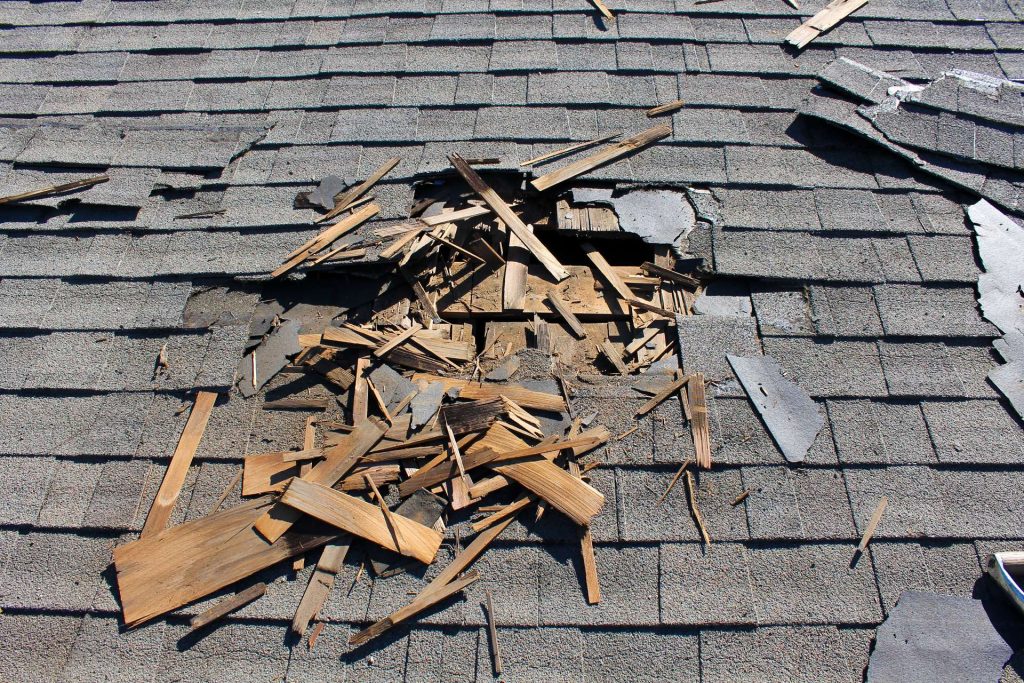
Step 7: Call in the Professionals
While some minor repairs can be DIY-ed, storm damage often requires expert attention. Professionals have the tools, expertise, and experience to identify and fix issues that might not be immediately apparent.
Why Choose Atlas Roofing & Restoration?
- Expert Inspections: They know exactly what to look for and use advanced tools for accurate assessments.
- Fast and Reliable Repairs: From minor fixes to major restorations, they’ve got you covered.
- Insurance Assistance: Their team can guide you through the claims process, making it hassle-free.
- Customer-Centric Approach: They treat your home like it’s their own, ensuring top-notch service every time.
Preventative Measures for Future Storms
Storms are unpredictable, but there are steps you can take to minimize damage:
- Regular Maintenance: Schedule annual roof inspections to catch potential problems early.
- Trim Trees: Cut back branches near your home to reduce the risk of debris damage.
- Reinforce Roofing Materials: Consider impact-resistant shingles or metal roofing for added durability.
- Clear Gutters: Keep gutters and downspouts free of debris to prevent water buildup.
- Secure Loose Items: Tie down patio furniture, grills, and other outdoor items before a storm hits.
The Cost of Neglecting Storm Damage
Ignoring storm damage can lead to:
- Leaks and Water Damage: Small leaks can cause mold, rot, and structural issues over time.
- Higher Repair Costs: Minor issues that go unchecked often turn into expensive fixes.
- Decreased Home Value: A damaged roof can lower your property’s resale value.
- Insurance Complications: Delaying repairs might result in denied claims or reduced coverage.
Conclusion
Storm damage roof inspections aren’t just about fixing what’s broken—they’re about safeguarding your home and peace of mind. By following these essential steps, you can identify and address issues before they escalate.
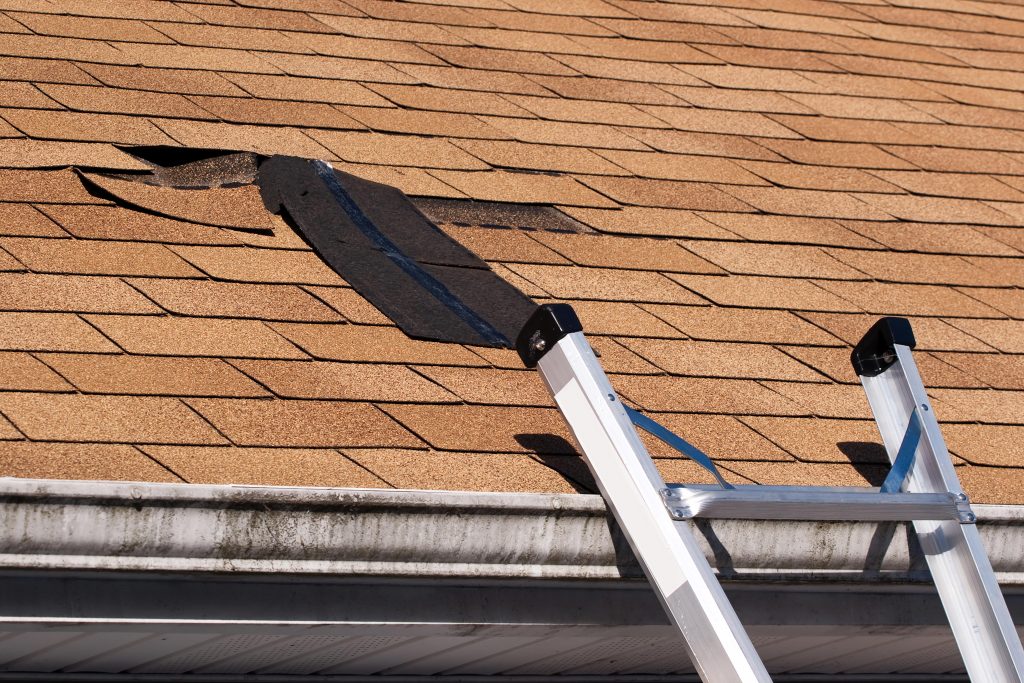
And remember, you don’t have to tackle this alone. The experienced team at Atlas Roofing & Restoration is here to help, from thorough inspections to expert repairs. Whether it’s a minor patch-up or a full restoration, they’ll ensure your roof is ready to face whatever Mother Nature throws its way.
Don’t wait until the next storm hits—schedule your roof inspection with Atlas Roofing & Restoration today and keep your home protected for years to come.


